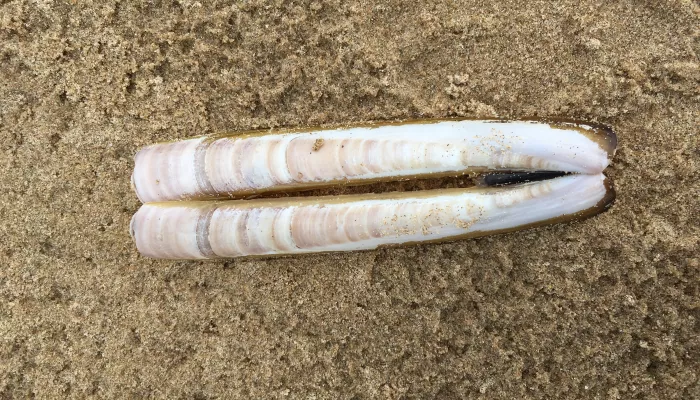Dog cockle
This long-lived bivalve can be found buried in the sand on the south and west coasts of the UK.

The bivalves are a highly successful marine freshwater molluscs such as oysters and scallops. Learn about the species in Kent and how to identify them.
This long-lived bivalve can be found buried in the sand on the south and west coasts of the UK.
The Common mussel is a familiar sight on shores all around the UK and is a favourite food of people, seabirds and starfish alike.
Native Oysters are a staple of our seas and our plates - but our love of their taste has lead to a sharp decline all around the UK.
Great scallops are found around much of the UK and are a favourite seafood for people and starfish alike!
The shells of this small scallop are often found washed up on our shores and comes in lots of different colours, including pink, red, orange and purple.!
The common cockle is a traditional seaside favourite, both for its white shells often found in the sand and for the yummy snack of cockles doused in malt vinegar.
This bumpy shell lives up to its name and lives partly buried in the seabed along the west coast of Great Britain.
Their empty, delicate pink or yellow shells can often be found washed up on beaches, but the animals themselves live buried in the sand all around the coasts of the UK.
Their long narrow shells are a common sight on our shores, especially after storms, but the animals themselves live buried in the sand.
Piddocks are a boring bivalve. No, we don't mean dull... we mean that it bores into soft rock, creating a burrow. In fact, they're the opposite of dull - they glow in the dark!
This large burrowing bivalve is found on sandy seabeds around much of the UK. It is the longest-lived animal known to man, with one individual found to be 507 years old!